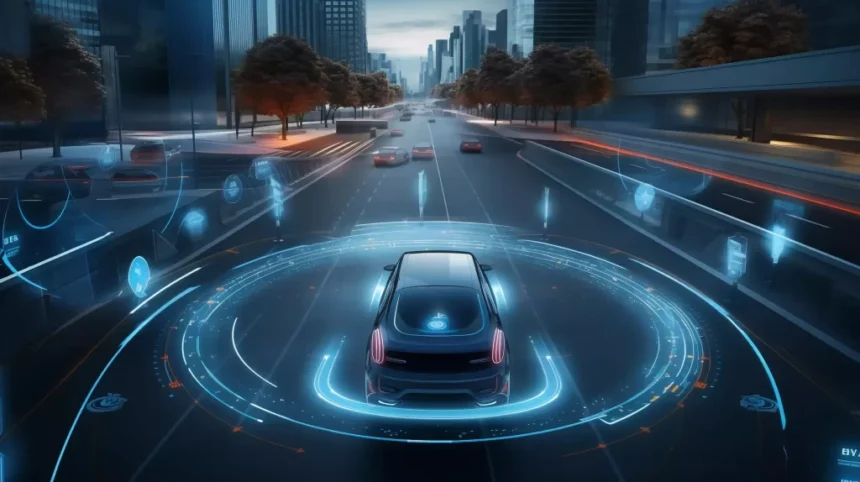The rise of global urbanization has brought about significant challenges in the transportation sector, including traffic congestion, frequent car accidents, and high carbon emissions. While electric vehicles (EVs) have emerged as a solution to reducing emissions, the future of mobility goes beyond just electrification. It involves rethinking how we move from one place to another and embracing new technologies and concepts.
One key aspect of future mobility is the development of smart vehicles. These vehicles utilize sensors and advanced computing power to assist in driving decisions, ultimately aiming to reduce accidents and congestion on the roads. While autonomous driving technologies are already making their way into the market, the focus is shifting towards intelligent cockpits that enhance the overall driving experience.
In Taiwan, companies are playing a significant role in the smart vehicle industry, particularly in manufacturing components such as sensors and automotive displays. However, there are challenges to entering the software market, which is dominated by a few major players globally. As autonomous driving capabilities advance, the emphasis on intelligent cockpit features is expected to grow, presenting opportunities for Taiwan-based companies.
Another important aspect of future mobility is vehicle-to-everything (V2X) communication. This technology allows vehicles to connect with the outside world, enabling features such as vehicle-to-vehicle (V2V), vehicle-to-infrastructure (V2I), and vehicle-to-pedestrian (V2P) communication. While the vision of a fully connected V2X network is promising, challenges such as high infrastructure costs and interoperability issues need to be addressed.
Moving towards an integrated transportation system, the concept of mobility as a service (MaaS) aims to provide users with a seamless platform for planning and executing all their journeys. The market value of the MaaS industry is expected to grow significantly in the coming years, driven by advancements in vehicle intelligence and transportation facilities. However, challenges such as data integration and cooperation between governments and businesses need to be overcome for MaaS to become a reality.
As we look towards the future of mobility, innovations such as electric vertical take-off and landing (eVTOL) aircraft and flying cars are on the horizon. While regulations and safety standards still pose challenges to the broader implementation of these technologies, advancements in smart vehicles with enhanced connectivity and autonomous driving capabilities continue to pave the way for safer and more convenient transportation.
In conclusion, the transitional period towards smart transportation and future mobility presents numerous opportunities for Taiwan to strengthen its position in the international automotive supply chain. By leveraging its manufacturing capabilities and focusing on technological advancements, Taiwan can play a key role in shaping the future of mobility.







